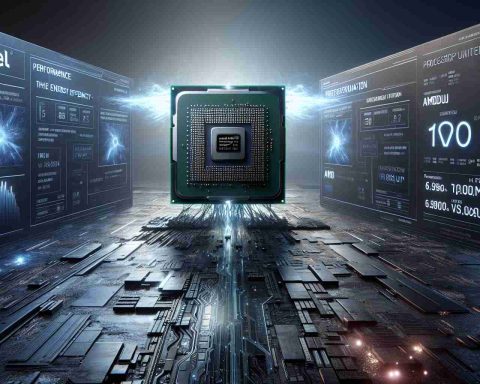Recent Developments
BlackRock is taking significant steps in the realm of artificial intelligence by teaming up with Microsoft to establish a substantial investment fund dedicated to AI projects, amounting to over $30 billion. This initiative aims to support the development of data centers and energy solutions that cater to the increasing demands posed by AI technologies, as reported by industry sources. Through its new investment division focused on global infrastructure, BlackRock is positioned to create one of the largest funds of its kind. Microsoft and MGX, an AI investment platform backed by Abu Dhabi, are pivotal partners in this endeavor. Additionally, Nvidia, a leading chip manufacturer, will guide the design and integration of these projects.
Significance of the Fund
This investment fund is crucial in addressing the substantial needs for electrical and digital infrastructure that arise from producing AI applications. The power demands created by AI technologies exceed those of previous technological advancements, presenting challenges to existing energy systems. Titled the “Global AI Investment Partnership,” this project aims to attract up to $30 billion in equity investments, complemented by an additional $70 billion in debt financing.
Future Outlook
The International Energy Agency forecasts that global electricity consumption from data centers could exceed 1,000 terawatt-hours by 2026, doubling the figure from 2022. As AI-driven technologies proliferate, the demand for robust infrastructure to support the next industrial revolution intensifies. In the U.S., energy consumption has risen sharply, driven by the need for these power-intensive facilities, leading to heightened projections for energy demand growth.
Maximizing Opportunities: Tips and Insights from the BlackRock and Microsoft AI Infrastructure Fund
The recent announcement of the BlackRock and Microsoft initiative to launch a $30 billion AI infrastructure fund is significant not just for the tech industry, but for anyone interested in understanding the trajectory of AI, economics, and energy consumption. Here, we provide valuable tips and interesting facts that can help you navigate this evolving landscape, whether you’re in school, at work, or simply aiming to stay informed.
1. Embrace Continuous Learning in AI
As AI technologies rapidly advance, staying updated is critical. Take advantage of online courses, webinars, and workshops to understand AI fundamentals and applications. Websites like Coursera and Udacity offer comprehensive programs on AI and machine learning that are tailored for various skill levels.
2. Understand the Importance of Data Centers
With the projected increase in global electricity consumption due to expanding data centers, it’s essential to comprehend their role in the digital economy. Businesses are likely to depend on data centers to store and analyze vast amounts of information, making them crucial in driving operational efficiency. Consider how your current workplace utilizes data management and think about ways to optimize these processes.
3. Advocate for Sustainable Practices
As energy consumption rises, so does the emphasis on sustainability. Engage in or support initiatives that promote energy-efficient technologies and practices. Being proactive in advocating for a greener approach can enhance your standing in any organization, as sustainability becomes increasingly important in corporate strategy.
4. Explore Career Opportunities in AI
The launch of the AI infrastructure fund may lead to numerous job opportunities in the sector. Fields such as data science, machine learning engineering, and infrastructure management are likely to see significant growth. If you are a student or currently employed, now is the time to rethink your career trajectory and consider how you might fit into the AI economy.
5. Build Networking Skills
Networking is crucial in a landscape shaped by rapid technological advances. Attend industry conferences, join online forums, and connect with professionals in the AI space to open doors for collaboration and learning. Establishing a network can provide you with insights and opportunities that are not widely available.
6. Diversify Your Investments
For those interested in investing, the establishment of massive funds like the one from BlackRock and Microsoft signals a growing market for AI and related technologies. Consider diversifying your investment portfolio to include stocks in tech companies, renewable energy sectors, and AI startups that are poised to capitalize on these trends.
7. Stay Informed on Energy Consumption Trends
As AI applications push energy demands upwards, understanding these trends can be beneficial. Engage with reports from trusted sources like the International Energy Agency and be aware of how energy consumption impacts your local economy and workplace.
8. Utilize AI Tools in Your Work or Studies
Incorporating AI tools into your workflow can significantly enhance productivity. Familiarize yourself with tools like ChatGPT or project management software that utilize AI to streamline tasks. This knowledge can set you apart in school or at work.
As the AI field evolves, so do the opportunities it presents. By preparing yourself with these tips and insights, you can better navigate your career, enhance your learning, and adapt to the unfolding changes in energy consumption and technology innovation. For more information on the implications of AI investments, explore resources at BlackRock and Microsoft.

















